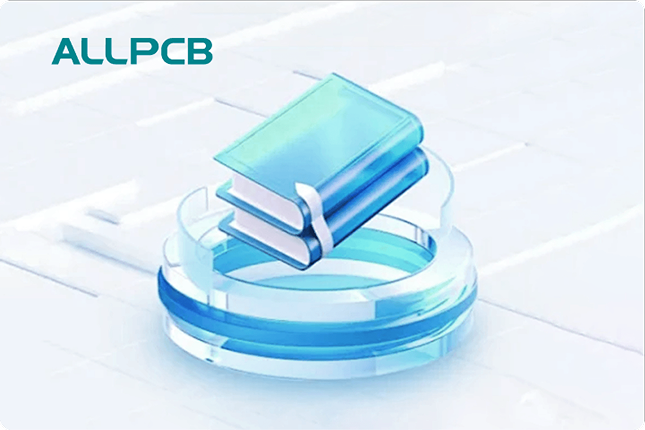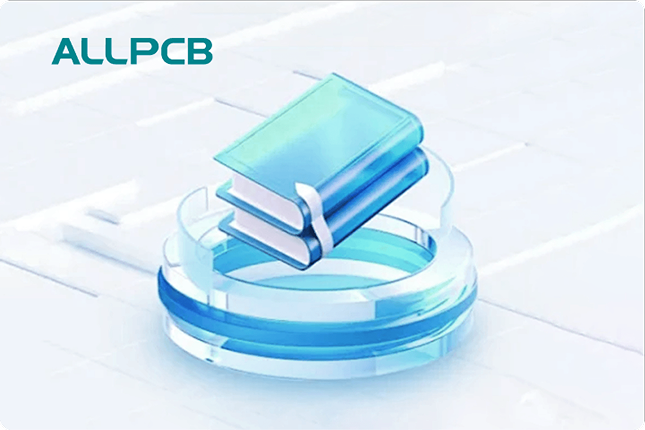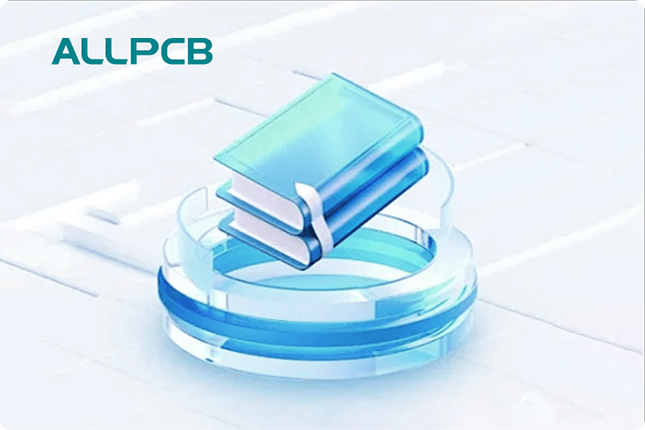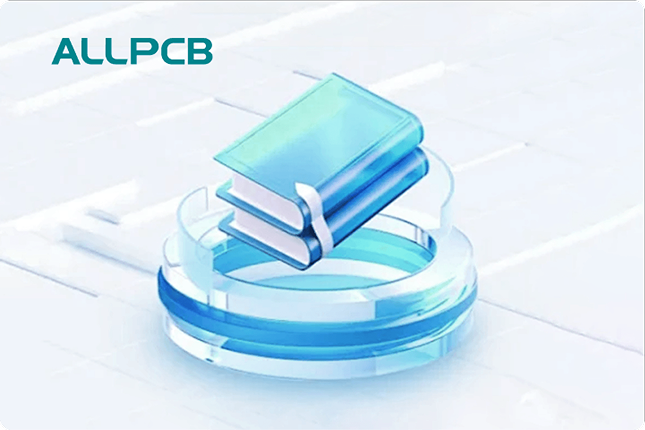In the rapidly evolving world of renewable energy, creating high-efficiency PCB designs is critical for optimizing performance and reliability in systems like solar inverters, wind turbine controllers, and energy storage solutions. If you're looking to design PCBs for renewable energy applications with a focus on thermal management and low power consumption, you've come to the right place. This guide will walk you through the essential principles of high efficiency PCB design, renewable energy PCB layout strategies, thermal management techniques, and low power design practices to help you build robust and sustainable solutions.
Whether you're an engineer working on solar power systems or a designer tackling energy storage challenges, this comprehensive guide offers actionable insights to elevate your projects. Let's dive into the details of crafting PCBs that power the future of renewable energy.
Why High-Efficiency PCB Design Matters for Renewable Energy
Renewable energy systems, such as solar panels and wind turbines, rely heavily on efficient electronics to convert, store, and manage power. PCBs (Printed Circuit Boards) are at the heart of these systems, controlling everything from energy conversion in inverters to battery management in storage units. A poorly designed PCB can lead to energy losses, overheating, and system failures, which directly impact the sustainability and cost-effectiveness of renewable energy solutions.
High-efficiency PCB design addresses these challenges by minimizing power loss, optimizing thermal performance, and ensuring long-term reliability. For instance, in a solar inverter, an efficient PCB can reduce energy loss during DC-to-AC conversion, achieving efficiencies above 95% in modern designs. By focusing on renewable energy PCB layout and thermal management, designers can create systems that maximize output while minimizing waste.
Key Principles of High-Efficiency PCB Design for Renewable Energy
Designing a PCB for renewable energy applications requires a deep understanding of power handling, component selection, and layout optimization. Below are the core principles to follow for achieving high efficiency.
1. Optimize Component Selection for Efficiency
Choosing the right components is the foundation of a high-efficiency PCB design. For renewable energy systems, prioritize components with low power dissipation and high thermal tolerance. For example, use MOSFETs with low RDS(on) values (e.g., below 10 mΩ) to minimize conduction losses in power conversion circuits. Similarly, select capacitors with low equivalent series resistance (ESR) to reduce energy loss during switching operations.
Additionally, consider using wide-bandgap semiconductors like silicon carbide (SiC) or gallium nitride (GaN). These materials can operate at higher frequencies and temperatures, improving efficiency in high-power applications like solar inverters by up to 2-3% compared to traditional silicon-based components.
2. Focus on Low Power PCB Design Techniques
Low power PCB design is essential for renewable energy systems where every watt counts. Start by minimizing parasitic losses in traces and vias. Use wider traces for high-current paths to reduce resistance, and keep trace lengths short to lower inductance. For instance, in a battery management system (BMS) for energy storage, reducing trace resistance from 50 mΩ to 10 mΩ can improve overall efficiency by cutting power loss during charge-discharge cycles.
Another technique is to implement power gating, where unused sections of the circuit are turned off to save energy. This is particularly useful in standby modes for renewable energy controllers, reducing idle power consumption by up to 50%.
Mastering Renewable Energy PCB Layout Strategies
The layout of a PCB plays a pivotal role in its performance, especially in renewable energy applications where high currents and switching frequencies are common. A well-thought-out renewable energy PCB layout can minimize noise, improve thermal dissipation, and enhance overall efficiency.
1. Prioritize Power and Ground Planes
In high-power renewable energy systems, solid power and ground planes are critical for reducing impedance and providing a stable reference for signals. Place power and ground planes on adjacent layers to create a low-inductance path for return currents. This approach can reduce electromagnetic interference (EMI) by up to 30% in high-frequency switching converters used in solar and wind systems.
Additionally, ensure that high-current paths are routed over uninterrupted planes to avoid voltage drops. For example, in a wind turbine controller, a continuous ground plane can help maintain signal integrity during rapid load changes.
2. Minimize Loop Areas for High-Frequency Switching
Renewable energy systems often involve high-frequency switching, such as in pulse-width modulation (PWM) circuits for inverters. Large loop areas in the layout can increase inductance, leading to voltage spikes and energy loss. Keep the loop between switching components (like transistors and diodes) as small as possible. For instance, placing a decoupling capacitor within 1-2 mm of a switching IC can reduce loop inductance by 40%, improving efficiency and reducing EMI.
Thermal Management PCB Techniques for Renewable Energy Systems
Thermal management is a critical aspect of PCB design for renewable energy applications, where components often operate under high power and varying environmental conditions. Overheating can degrade performance, reduce lifespan, and even cause system failures. Below are key thermal management PCB techniques to ensure reliability.
1. Use Thermal Vias for Heat Dissipation
Thermal vias are small holes filled with conductive material that transfer heat from hot components to a heat sink or another layer of the PCB. In a solar inverter, placing an array of thermal vias (e.g., 0.3 mm diameter, spaced 1 mm apart) under high-power components like IGBTs can reduce junction temperatures by 10-15°C, significantly extending component life.
Ensure that thermal vias are connected to large copper planes on the opposite side of the board to maximize heat spreading. This technique is especially effective in multilayer PCBs used in renewable energy systems.
2. Incorporate Heat Sinks and Copper Pours
For components that generate significant heat, such as power transistors in energy converters, attach heat sinks directly to the PCB or use large copper pours as heat spreaders. A copper pour with an area of 10 cm2 can dissipate heat at a rate of 1-2 W, depending on airflow and ambient temperature. This method is cost-effective for managing thermal loads in outdoor renewable energy equipment exposed to harsh conditions.
Advanced Materials for Renewable Energy PCB Efficiency
The choice of materials in PCB manufacturing can significantly impact efficiency and thermal performance. Traditional FR-4 materials may not suffice for high-power renewable energy applications due to their limited thermal conductivity (around 0.3 W/m·K). Instead, consider advanced substrates that enhance performance.
1. Insulated Metal Substrate (IMS) PCBs
IMS PCBs feature a metal base layer, typically aluminum, with a thin dielectric layer and copper circuitry on top. With thermal conductivity values of 1-3 W/m·K, IMS PCBs are ideal for high-power applications like LED drivers in solar lighting systems. They can reduce operating temperatures by 20-30°C compared to standard FR-4 boards under similar load conditions.
2. High-Temperature Laminates
For renewable energy systems exposed to extreme environments, such as desert solar farms, high-temperature laminates with glass transition temperatures (Tg) above 170°C ensure reliability. These materials prevent delamination and maintain electrical performance even at elevated temperatures.
Design Tools and Simulations for High-Efficiency PCBs
Before manufacturing, leverage design tools and simulations to validate your high-efficiency PCB design. Thermal simulation software can predict heat distribution and identify hotspots, allowing you to adjust layouts and add cooling mechanisms proactively. For instance, running a thermal analysis on a wind turbine controller PCB might reveal a hotspot near a power regulator, prompting the addition of thermal vias or a larger heat sink.
Similarly, power integrity simulations can help optimize trace widths and component placement for low power PCB design, ensuring minimal voltage drops and energy loss. Many modern design platforms offer integrated tools to streamline this process, saving time and reducing errors.
Best Practices for Testing and Validation
After designing your PCB, thorough testing is essential to confirm its performance in real-world renewable energy applications. Start with electrical testing to measure efficiency under varying loads. For a solar inverter PCB, test the conversion efficiency at 25%, 50%, and 100% load to ensure it meets or exceeds target values (e.g., 95% efficiency at full load).
Next, conduct thermal imaging to identify any unexpected hotspots during operation. If a component exceeds its rated temperature (e.g., 85°C for a capacitor), revisit the thermal management strategy. Finally, perform environmental testing to simulate conditions like humidity and temperature fluctuations, ensuring the PCB can withstand the rigors of outdoor renewable energy installations.
Conclusion: Building the Future with High-Efficiency Renewable Energy PCBs
Designing high-efficiency PCBs for renewable energy systems is both a challenge and an opportunity. By focusing on key areas like component selection, renewable energy PCB layout, thermal management, and low power design, you can create solutions that maximize energy output while minimizing waste. Whether you're working on solar power converters, wind turbine controllers, or energy storage systems, the principles outlined in this guide provide a roadmap to success.
Embrace advanced materials, leverage simulation tools, and prioritize rigorous testing to ensure your designs meet the demands of modern renewable energy applications. With the right approach, your PCBs can play a vital role in powering a sustainable future.
 ALLPCB
ALLPCB







